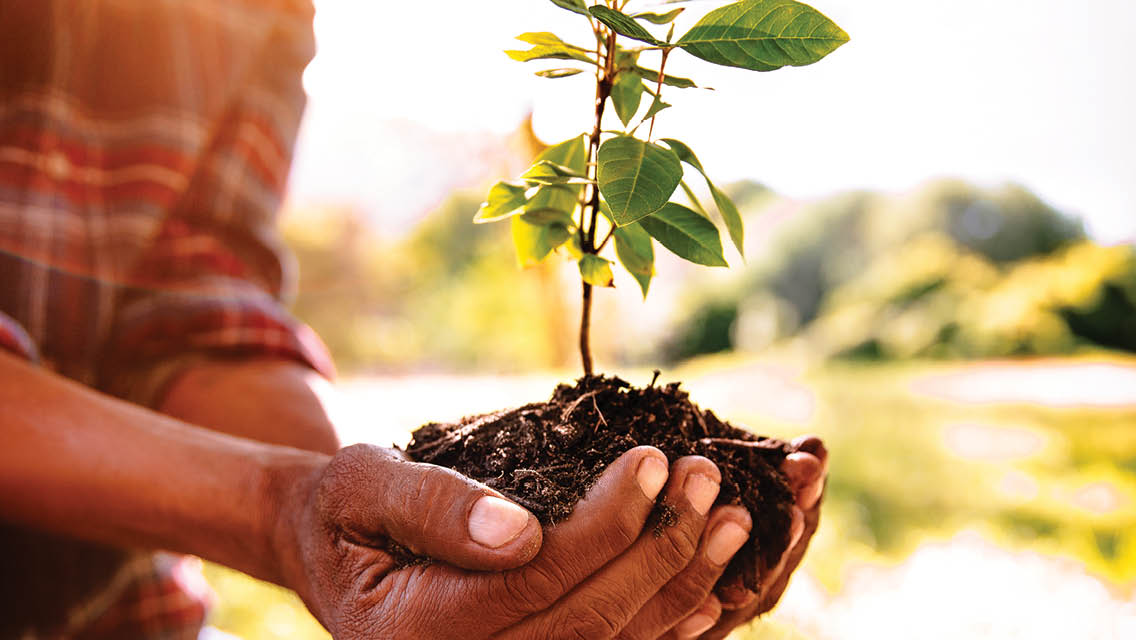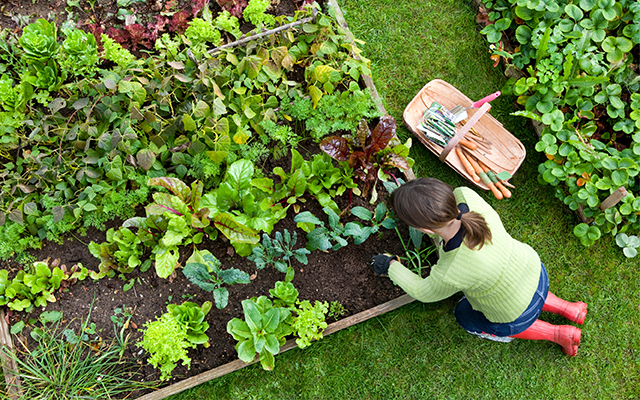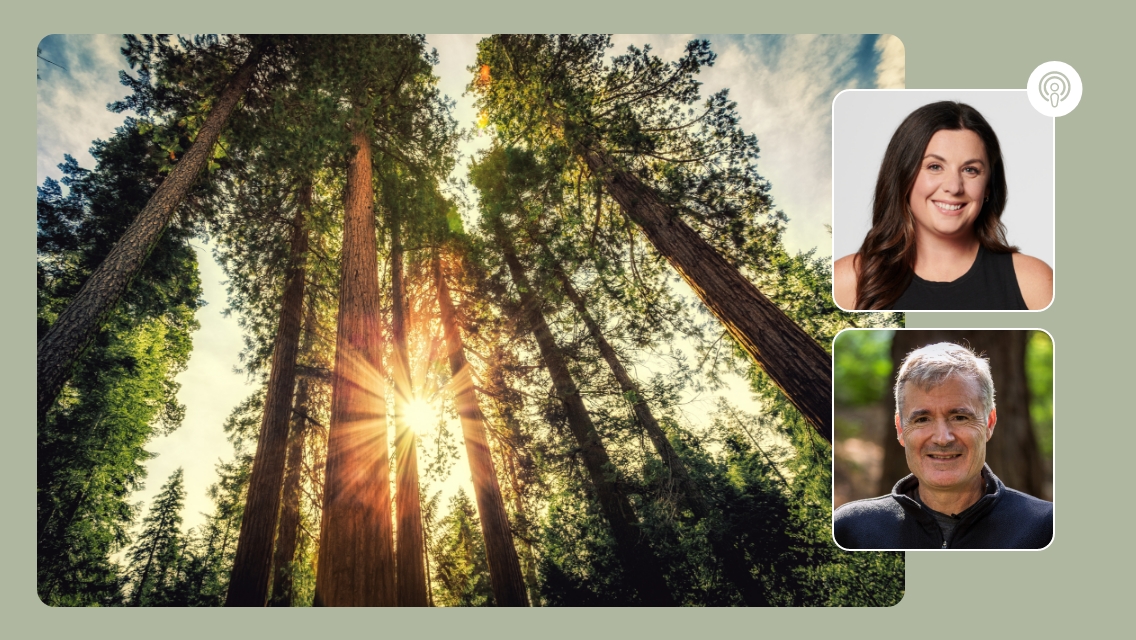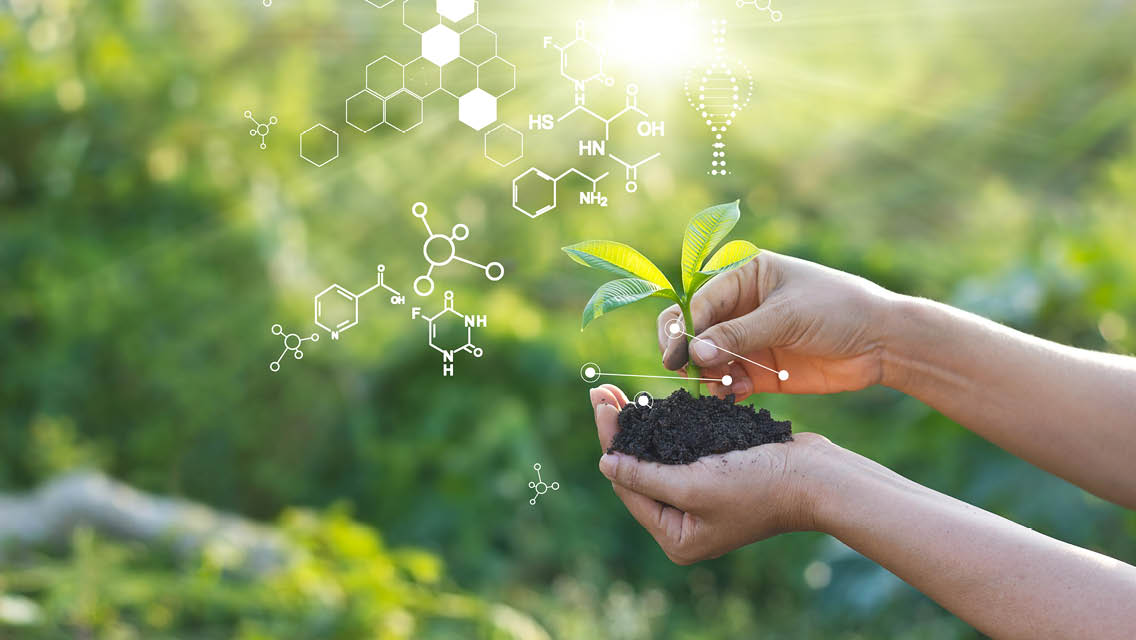Want to do something to make the world a better place? Plant a tree.
It’s actually not about saving trees; it’s about how trees might save us, explains ecologist Suzanne Simard, PhD, author of the bestseller Finding the Mother Tree. Simply put, trees are “necessary for healing the earth,” she states.
Trees and forests have been hailed as the lungs of the planet. Thanks to their exhalations, we can inhale: Trees breathe in carbon dioxide, sequester and convert it, and breathe out oxygen.
In one year, a mature tree absorbs more than 48 pounds of carbon dioxide from the atmosphere and releases 260 pounds of oxygen in exchange. Globally, forests remove or process about a third of the emissions we create as we burn fossil fuels.
In one year, a mature tree absorbs more than 48 pounds of carbon dioxide from the atmosphere and releases 260 pounds of oxygen in exchange.
This simple-yet-near-magical act has inspired us to put our faith in trees for our future. So if a tree falls in a forest and no one’s around, we may not hear it — but we do feel it.
Yet trees do so much more than clean our air: They prevent soil erosion and rainwater runoff. They cleanse our drinking water. They fertilize our soil.
Trees help keep us cool in summer, and they cut winds and storms to keep us warmer in winter, trimming cooling and heating costs. And when water in trees evaporates, it both humidifies and cools the air we breathe.
Trees are a vital part of the ecosystem. They provide food and habitat for pollinators and other birds and animals. And, as Simard details in her book, they communicate with one another as well as with other plants through vast underground mycorrhizal fungal networks, which we’re only beginning to comprehend.
Trees’ natural charm adds curb appeal and boosts real-estate value.
And trees contribute to our health in other ways as well. They add much-needed “nature” to our lives, which benefits our mental health. As Joe Fargione, PhD, ecologist and science director for the Nature Conservancy’s North America region, says, “Trees give people a sense of well-being.”
It’s little surprise, then, that some retail companies promise to plant a tree for every swipe of your credit card, for every product you buy, for donations to a cause. Countries commit to planting trees to meet global eco-pledges; corporations do so to offset their carbon emissions and bolster their sustainability records.
Still, it’s an oversimplification to think that the act of planting a tree — or even a billion or trillion trees, as popular eco-campaigns vow — is the silver bullet that will reverse climate change. There are many more complex factors involved, and many, much larger polluters than each individual.
“Planting a tree is a positive, meaningful action,” Fargione says. But he also points out that it’s not possible to plant enough trees to solve the climate crisis: “The majority of the solution to climate change will need to come from reducing our emissions.”
So, planting a tree isn’t the only way you can help make the world a better place. On the environmental front, you can cut back on airplane travel, which is far and away the largest part of most people’s individual carbon footprint. You can ride your bicycle whenever possible instead of driving your car.
You can insulate your home to save energy. Grow native plants to provide sustenance for pollinators. Buy local. Turn off the lights. The list goes on and on.
All of these examples pale by comparison to the climate impact of corporations and governments. But your climate impact is something you can control. Reversing the climate crisis is complex; planting a tree is simple.
And from small acorns and seedlings comes big change. “There is no moment too small in the world,” Simard says. “Nothing should be lost. Everything has a purpose, and everything is in need of care. . . . It’s up to each and every one of us.”
More than anything, planting a tree is planting hope for the future. It’s a vision, a dream. You may never sit under its shade, but the children of the future will.
Tree Planting Advice
There’s a proverb that says, “The best time to plant a tree is 20 years ago; the second-best time is today.”
All you need is a shovel and a little vision. Many trees grow to be large in both height and breadth, so envision the tree 30 to 50 years in the future. That will help you choose the type of tree you buy and where you plant it. For the best outcomes, consider the following factors.
Grow native. “Many native trees make good shade trees: They are well adapted to your climate and tend to be more disease- and insect-resistant than exotics,” explains Lynn Steiner, author of several guides to native plants, including Grow Native. “They also provide more habitat for native beneficial insects, birds, and butterflies than nonnative trees do.”
Think ahead. “The trees you plant will become major elements in your landscape. Keep the mature size in mind and make sure the tree you select will be in scale with your home,” she says. “Don’t make the mistake of planting a tiny oak seedling 10 feet from your front door or a basswood under a power line.”
Plan the location. To create shade and cut cooling costs, plant a broad-canopied deciduous tree on the southwest or west side of your house, says Steiner. “The shade of a large tree can reduce the temperature up to 10 degrees, and these effects can be felt inside a house as well. Studies show that a few well-placed shade trees can reduce cooling costs by as much as 35 percent.”
For wind protection and to trim heating costs, plant a coniferous tree on the north or northwest side or wherever the prevailing winter wind originates; this can save you up to 30 percent on heating costs.
Start small. Volunteer to plant trees with an organization, such as the Arbor Day Foundation. If you don’t have a yard, start a tree in a container and transplant it.
A Q&A With Lynn Steiner
Experience Life | What do you see as the benefits of planting a tree, both in the immediate realm and the broader, environmental picture?
Lynn M. Steiner | Large trees are valued for their beauty as well as for the shade they provide. But they have a lot more to offer landscapes. They provide structure with their weight and form. The overhead leafy canopy of a spreading tree frames the elements and the view below it. Trees are home to many birds and also provide habitat for butterflies and beneficial insects. Many provide beautiful fall color when their foliage turns shades of red, yellow, and orange. And don’t forget the benefits at eye level, especially in the dormant season: Many trees have bark with interesting texture and color.
From a more practical standpoint, trees planted in urban settings can reduce summer cooling costs, filter out air pollutants, and reduce noise pollution.
All large trees will provide shade, but you’ll get the most summer shade and winter sun from a broad-canopied deciduous tree (trees that lose their leaves in winter). The shade of a large tree can reduce the temperature up to 10 degrees, and these effects can be felt inside a house as well. Studies show that a few well-placed shade trees can reduce cooling costs by as much as 35 percent. For maximum cooling, trees should be placed on the southwest or west side of the area or building to be shaded.
Tall evergreens should not be planted on the south side of a building, where they will keep the sun from warming the house in winter.
EL | How do you go about selecting the types or species of trees to plant?
LS | The trees you plant will become major elements in your landscape. Keep the mature size in mind and make sure the tree you select will be in scale with your home. Don’t make the mistake of planting a tiny oak seedling 10 feet from your front door or a basswood under a power line. The canopy of a large tree will complement a two-story home, but many shade trees are too large for small lots and one-story homes. There are many trees in the 40-foot-range that provide ample shade and are in better scale with homes. These smaller species are also good choices if you will be planting under an obstruction such as a power line or near a sidewalk or driveway.
Another thing to keep in mind is species diversity. You should avoid planting all one species, especially if there are already a lot of this species in your neighborhood. Serious disease and insect problems on trees, which can be devastating to neighborhoods, are often associated with over-planting of a species.
You should avoid planting all one species, especially if there are already a lot of this species in your neighborhood. Serious disease and insect problems on trees, which can be devastating to neighborhoods, are often associated with over-planting of a species.
Certain trees are more tolerant of typical urban conditions than others. They’re able to handle atmospheric pollutants from industry and cars, compacted soil, poor drainage, lighting, and salt spray from snow plows. If you will be facing any of these conditions, look for a tree that can tolerate these situations. Some trees suitable for street use are ginkgo, Kentucky coffee tree, some oaks, and lindens. Lastly, some trees can be messy, dropping leaves, flowers, fruits, or twigs. They may be fine for yard trees, but you wouldn’t want to plant one over your deck or driveway.
If you don’t want to drastically change the soil, you should select a tree based on your soil conditions. If possible, select a species that is native in your area. Many native trees make good shade trees. They are well adapted to your climate and tend to be more disease- and insect-resistant than exotics. They also provide more habitat for native beneficial insects, birds, and butterflies than nonnative trees do. Some good North American native trees are red maple, river birch, Eastern redbud, Kentucky coffee tree, ironwood, pin oak, swamp white oak, Northern pin oak, Chinkapin oak, and basswood. Even though they are too tall for many urban situations, consider native oaks whenever possible. No other group of plants supports more species of butterflies, and therefore birds, than these stately trees.
There are some fast-growing trees that will fill in the space quickly. However, these plants almost all have problems. They are weak-wooded, meaning they will drop lots of branches during windstorms and often even topple over. They also tend to drop lots of litter and have numerous pest problems. These trees are better suited to use as screening and windbreaks rather than front yards. In general, it is the slower-growing trees that make better long-term investments. If sited correctly, watered regularly, mulched, and kept pest-free, slow growers often respond with faster than average growth.
EL | How do you care for your tree to ensure its growth?
LS | Planting a tree is a long-term investment, but one that returns a great deal of satisfaction and value. Starting with a healthy, nicely shaped seedling will go a long way in improving your long-term success. The tree should have a gentle taper to the trunk, well-spaced branches on all sides, and a single dominant branch, which will be the “leader.”
You want a single-leadered tree not only because it will look better, but also because it is healthier. Most trees that have a double leader will eventually split because of the weak V-shaped crotch. If you do end up with a double-leadered tree, prune out the weaker leader. It may look funny at first, but the other leader will soon straighten and become the single dominant leader.
The trickiest part of buying a new tree is often getting it home safely. Plan ahead and bring something to protect the interior of your vehicle and to stabilize the tree so it doesn’t move around on the ride home. Be sure to only lift the plant by the container or root ball, not the trunk. If the tree is leafed out, wrap it in burlap or plastic to reduce water loss. If you are using an open-bed truck, water the plant before loading to reduce water loss and add weight. Place the plant or plants at the front of the bed and drive slowly to minimize windburn of the foliage.
Like shrubs, trees are available bare-root, in containers, and balled-and-burlapped. A fourth way to plant a tree is with a tree spade, which gives you a larger tree faster, but it usually much more expensive. Bare-root trees must be planted in spring as soon as the soil can be worked. Balled-and-burlapped, container-grown, and tree-spade trees can be planted anytime but the hottest days of summer. Spring is still the best time for planting, however. The fewer or smaller the leaves are, the faster the tree will recover from transplanting. Plant the tree at the same depth it was growing at in the container or burlap wrap. Bare-root trees should be planted so that the crown is level with the ground level.
Deep, thorough watering is very important to help young trees get off to a strong start. Place a hose at the base of the tree and let the water trickle out for several hours, if possible.
Deep, thorough watering is very important to help young trees get off to a strong start. Place a hose at the base of the tree and let the water trickle out for several hours, if possible. Allow the top 2 inches of soil to dry out before watering again. The tree should receive good soakings for the first growing season and possibly the second. Once established, most trees can tolerate some dry periods, but don’t hesitate to water as needed, especially in sandy soils. Always saturate the soil thoroughly with each watering to encourage deep rooting.
A 2- to 3-inch layer of organic mulch such as wood chips, shredded bark, or pine needles will keep weeds down, conserve soil moisture, stabilize the soil temperature, and protect the trunk from damage from the lawnmower. Plastic mulch is not recommended.
In most cases, newly planted trees should not be staked. It is better to allow them a little movement to encourage stronger trunks and healthy root systems. However, trees planted on a very windy, exposed site may benefit from staking for their first season or two, especially if they are top-heavy.
String wire through a section of garden hose to protect the bark from injury. The wire should hold the tree firmly without putting undue pressure on the trunk. The staked tree should still be able to sway somewhat in the wind.
Most landscape trees require regular pruning, not only to keep them looking good but also to keep them healthy. Start training young trees right after planting to encourage strong, healthy mature trees that will stand up to strong winds and storms. A modest investment of time in the first five years will pay off greatly down the road. It costs a lot of money to have a professional arborist come in and trim a large tree that has been neglected. If you make proper pruning cuts right above collar and prune at the right time of year, you do not need to use a wound dressing. In fact, covering a wound can do more harm than good. The exception is if you need to prune a tree at the wrong time of the year and it is susceptible to attack from a major insect pest, such as oak wilt.
This article originally appeared as “Plant a Tree” in the April 2023 issue of Experience Life.





This Post Has 0 Comments